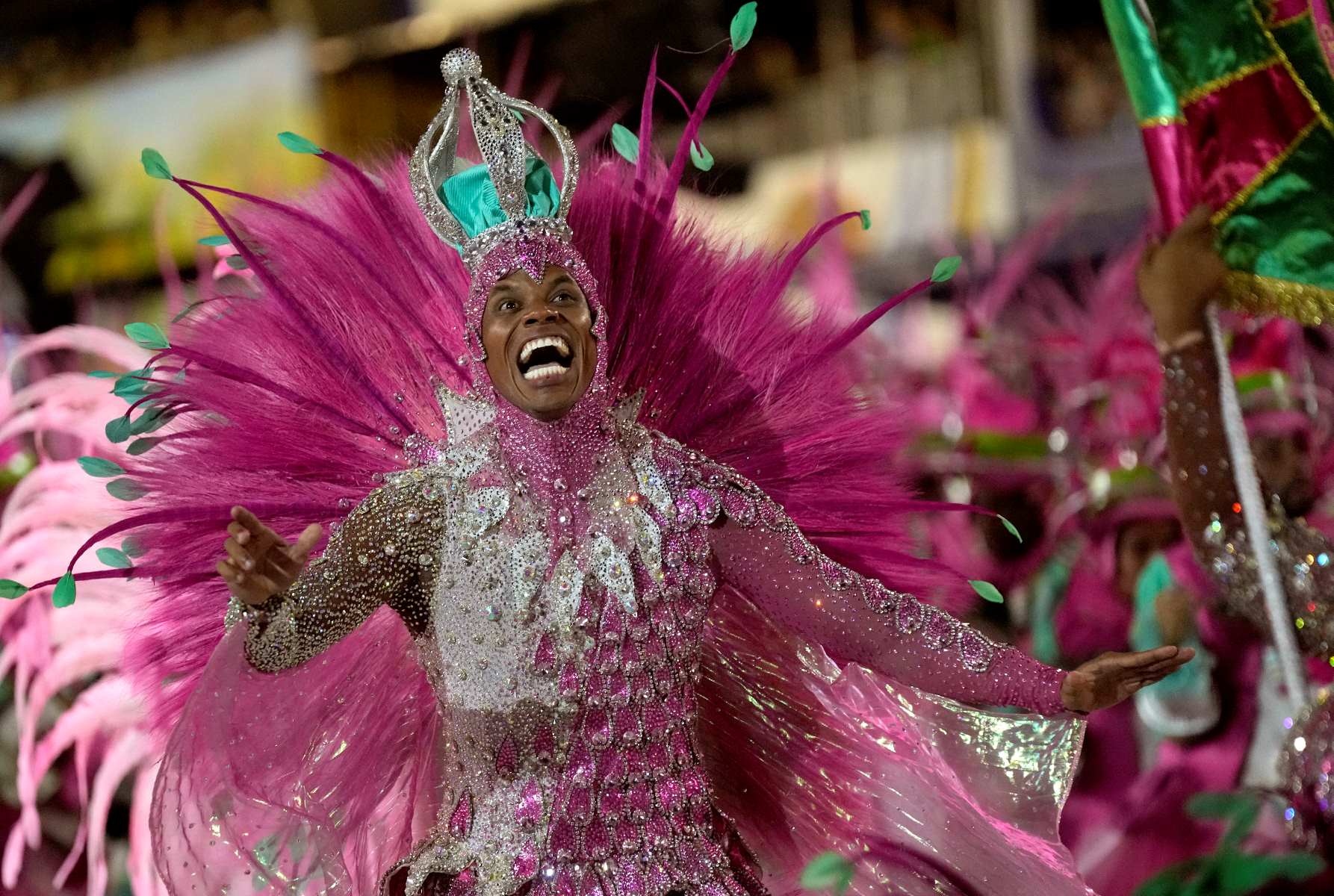Secrets Behind The Dazzling Costumes Of Rio Carnival

Have you ever wondered what makes the costumes of Rio Carnival so dazzling? These vibrant outfits are more than just fabric and feathers. They tell stories, represent cultures, and showcase incredible craftsmanship. Each year, designers and artisans spend months creating these masterpieces. From the shimmering sequins to the intricate beadwork, every detail is meticulously planned. The colors and patterns often reflect Brazil's rich history and diverse heritage. Whether you're watching from the streets of Rio or on TV, the costumes captivate audiences worldwide. Ready to learn more about the magic behind these stunning creations? Let's dive into the world of Rio Carnival costumes!
The History of Rio Carnival Costumes
Rio Carnival costumes are more than just glitter and feathers. They tell stories, reflect history, and showcase Brazil's rich culture. Let's dive into the secrets behind these dazzling outfits.
The Influence of African Heritage
African culture has a significant impact on Rio Carnival costumes. The vibrant colors, intricate beadwork, and rhythmic patterns all trace back to African traditions.
- Samba Schools: These groups play a crucial role in designing and creating costumes. Each school has a theme, often inspired by African folklore or history.
- Candomblé Religion: This Afro-Brazilian religion influences the use of specific colors and symbols in costumes, representing different deities.
- Capoeira: The martial art form contributes to the dynamic and fluid movements seen in the dance and costume design.
The Role of Brazilian Folklore
Brazilian folklore adds another layer of depth to the costumes. Myths, legends, and local stories are woven into the fabric of Rio Carnival.
- Bumba Meu Boi: This folk tale about a resurrected ox is a popular theme, inspiring elaborate headpieces and colorful outfits.
- Curupira: A mythical creature with backward feet, Curupira costumes often feature bright, eye-catching designs to mimic the character's magical nature.
- Saci Pererê: This one-legged trickster inspires playful and mischievous costume elements, like exaggerated hats and whimsical accessories.
The Art of Costume Design
Creating a Rio Carnival costume is an art form. Designers spend months perfecting every detail to ensure each piece dazzles under the spotlight.
- Sketching and Planning: Designers start with detailed sketches, considering everything from color schemes to fabric choices.
- Handcrafting: Many costumes are handmade, with artisans meticulously sewing beads, sequins, and feathers.
- Fitting and Adjustments: Each costume is tailored to fit the dancer perfectly, allowing for freedom of movement and maximum impact on stage.
The Importance of Symbolism
Symbolism plays a vital role in Rio Carnival costumes. Every element has a meaning, adding layers of significance to the spectacle.
- Colors: Each color used in a costume can represent different emotions or cultural references. For example, red often symbolizes passion and energy.
- Patterns: Intricate patterns can tell stories or depict scenes from Brazilian history and folklore.
- Accessories: Items like masks, headdresses, and jewelry often carry symbolic meanings, enhancing the overall narrative of the costume.
The Evolution of Carnival Costumes
Over the years, Rio Carnival costumes have evolved, reflecting changes in society and fashion trends.
- Early Costumes: Initially, costumes were simpler, often made from readily available materials like cloth and paper.
- Modern Innovations: Today, designers use advanced materials like LED lights and 3D-printed elements to create futuristic and eye-catching designs.
- Sustainability: Recently, there's been a push towards using eco-friendly materials and practices in costume creation, reflecting a growing awareness of environmental issues.
The Impact of Global Influences
Global influences have also shaped Rio Carnival costumes, bringing in elements from various cultures around the world.
- Hollywood Glamour: The glitz and glamour of Hollywood have inspired more extravagant and theatrical costume designs.
- Asian Aesthetics: Elements like intricate embroidery and silk fabrics from Asian cultures have been incorporated into some costumes.
- European Elegance: The sophistication and elegance of European fashion have influenced the use of luxurious materials and refined designs.
The Role of Technology in Costume Creation
Technology has revolutionized the way Rio Carnival costumes are designed and made, adding new dimensions to the spectacle.
- 3D Printing: This technology allows for the creation of intricate and unique costume elements that were previously impossible to make by hand.
- LED Lights: Incorporating LED lights into costumes creates stunning visual effects, making dancers stand out even more during nighttime parades.
- Virtual Design Tools: Designers use advanced software to create and visualize costumes before they are made, ensuring precision and creativity.
The Magic of Rio Carnival Costumes
Rio Carnival costumes are more than just clothes. They tell stories, showcase culture, and bring the festival to life. Each piece is a work of art, crafted with care and creativity. From the vibrant colors to the intricate designs, every detail matters. The costumes reflect the passion and energy of the people who wear them. They are a key part of what makes Rio Carnival so special. Whether you're watching from the sidelines or dancing in the parade, the costumes add to the magic. They are a symbol of joy, celebration, and tradition. Next time you see a Rio Carnival costume, remember the hard work and love that went into making it. It’s not just about looking good; it’s about feeling the spirit of the carnival.

